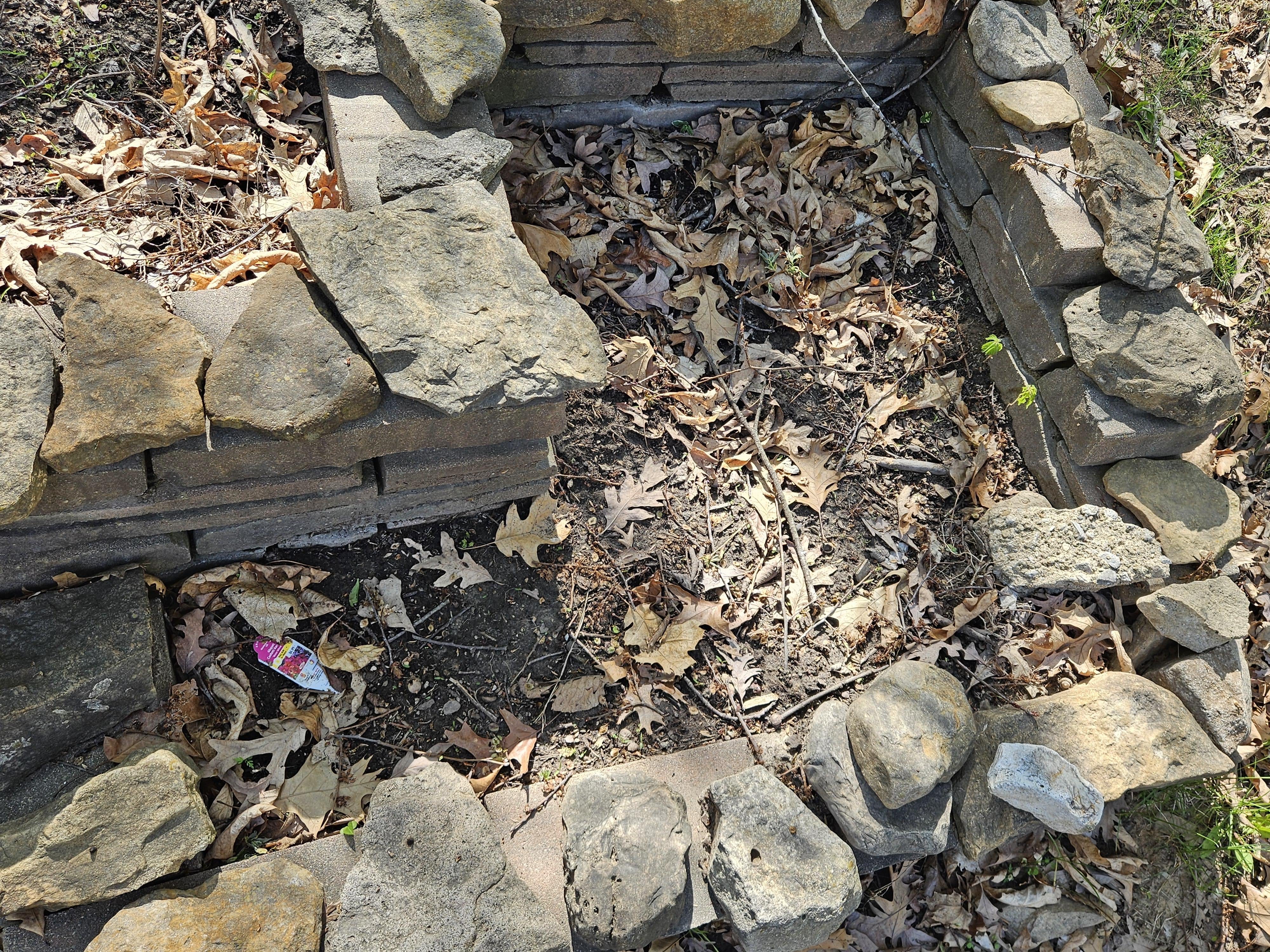1/1
sunny gardens: tradition vs. new ways in our backyards
When I was a child, my grandmother’s garden was always bursting with life under the hot summer sun. She believed that only the toughest flowers and vegetables could survive in the open, sun-drenched patch behind her house. Now, decades later, I find myself standing in my own backyard, wondering if her old ways still hold true in today’s unpredictable climate. Back then, we planted tomatoes, zinnias, and marigolds—plants that thrived in the relentless heat. Today, some neighbors are experimenting with drought-tolerant succulents and native grasses, inspired by modern landscaping trends and water restrictions. It’s a tug-of-war between nostalgia and necessity. Is it better to stick with the classics that remind us of family gatherings and simpler times, or should we adapt to the changing environment and embrace new ideas? In our North American communities, this debate is alive and well. Some folks insist on the beauty of lush, traditional flower beds, while others argue for eco-friendly yards that use less water and require less maintenance. Sometimes, these differences spark heated conversations at community meetings or over backyard fences. I’ve seen neighbors clash over what’s best for our shared spaces—one person’s beloved rose bush is another’s water-wasting eyesore. But as the seasons shift and extreme weather becomes more common, we’re all forced to reconsider what it means to have a full-sun garden. Maybe the answer lies somewhere in between: honoring the past while making room for the future, and finding beauty in both tradition and change. #gardeningdebate #sunnygardens #traditionvsinnovation #Gardening
2025-06-17

Grace Goewey
Yes
06-17
Wilbraham, MA
Reply
More comments ...
write a comment...
